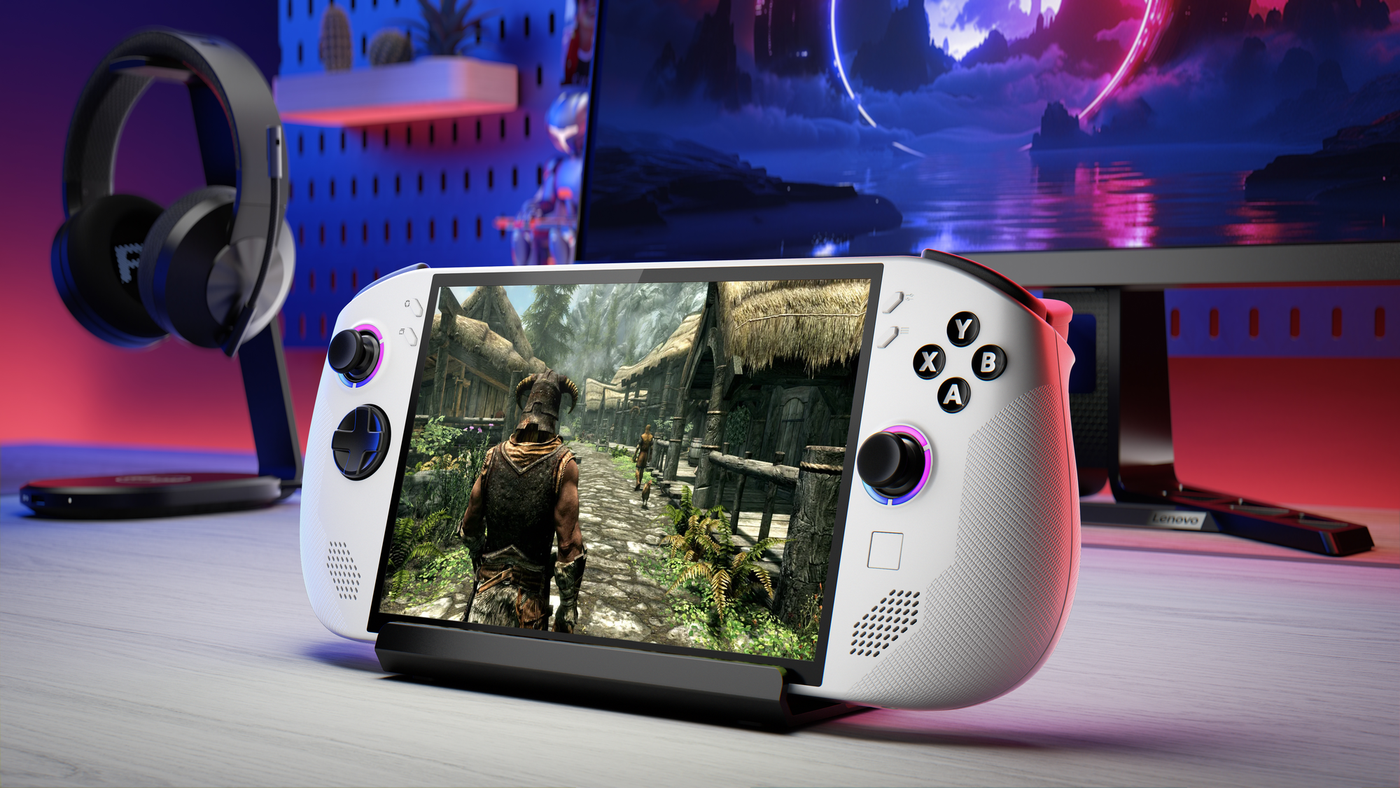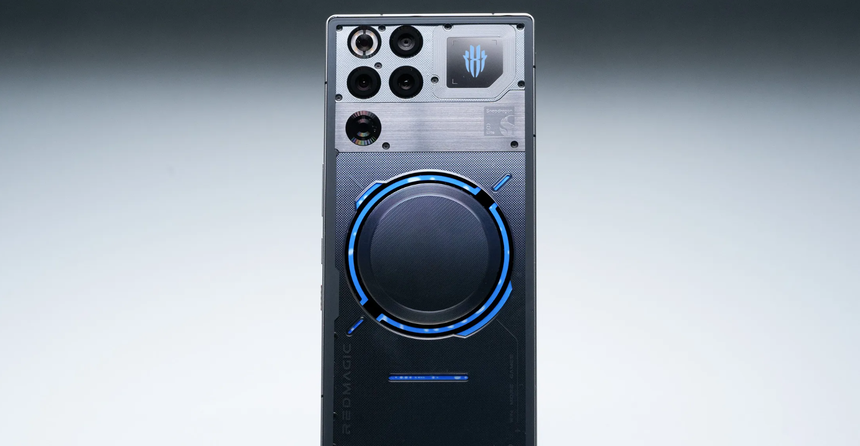The Lenovo Legion Go S has entered the handheld gaming scene with confidence and clarity, bringing with it a fresh wave of improvements that finally challenge the long standing dominance of the Steam Deck. What makes the Legion Go S stand out is not just its power or display but the fact that it comes with SteamOS out of the box. This is the first major competitor to match Valve on the software front while offering hardware that feels truly next gen.

From the moment you hold the device, it is clear that Lenovo has put comfort at the forefront. The ergonomic design offers curved and angled grips that contour better to the hands than the straighter handles of the Steam Deck. Though slightly heavier, the difference feels negligible during long sessions, and the improved comfort more than makes up for the added weight. The new layout features larger buttons, RGB stick lighting, and useful trigger stops for faster inputs in games like shooters. The omission of the Steam Deck’s dual touchpads may bother some, but many users may not even notice their absence during regular play.
The display also makes a significant leap forward. An 8 inch screen with a 1920 by 1200 resolution and 120Hz refresh rate offers a visual upgrade that feels fluid and sharp. Navigation is smoother, menus are quicker to respond, and even casual browsing through your library feels more fun. The brightness and sharpness are also improved, offering solid visibility across different lighting conditions, although it lacks HDR support. Despite that, this is one of the best handheld screens currently available without needing third party modifications.
What sets the Legion Go S apart even further is its native SteamOS support. Until now, Steam Deck was the only way to get the full SteamOS experience without workarounds. Most Windows based handhelds require constant troubleshooting to operate smoothly with controllers. SteamOS, on the other hand, is made for controller first navigation. Every system setting, from Bluetooth audio pairing to power management, is accessible directly through the built in overlay. This intuitive user experience alone makes it a worthy alternative for gamers who just want to play without headaches.

Under the hood, the Legion Go S can be configured with powerful specs. The highest end model offers the AMD Z1 Extreme chip, 32GB RAM, and 1TB storage, delivering performance boosts across demanding games like Cyberpunk 2077 and Shadow of the Tomb Raider. The system handles these titles at higher resolution and frame rates than the Steam Deck, thanks to both the hardware and the efficiency of SteamOS. While certain games still favor Windows for performance, especially those with anticheat restrictions, the Legion Go S is more than capable of holding its own in most real world scenarios.
Battery life is also stronger compared to the base Steam Deck, thanks to its 55.5Whr battery. In intensive games, users can expect close to two hours of play, and by lowering performance settings or wattage draw, this can be extended. It won’t survive long haul flights without a charger, but it outperforms many of its rivals under similar conditions.
In the end, the Legion Go S feels like what a true successor to the Steam Deck should be. It delivers stronger performance, improved comfort, a brighter and faster display, and all of it running on a more responsive and user friendly operating system. Until Valve releases its own next version of the Deck, this might be the best handheld gaming PC you can buy. For those tired of dealing with Windows frustrations or limited hardware, the Legion Go S presents a real alternative that finally feels complete.
Follow Tech Moves on Instagram and Facebook for more updates, reviews, and insights into the world of future ready gaming devices.












